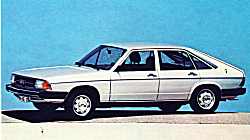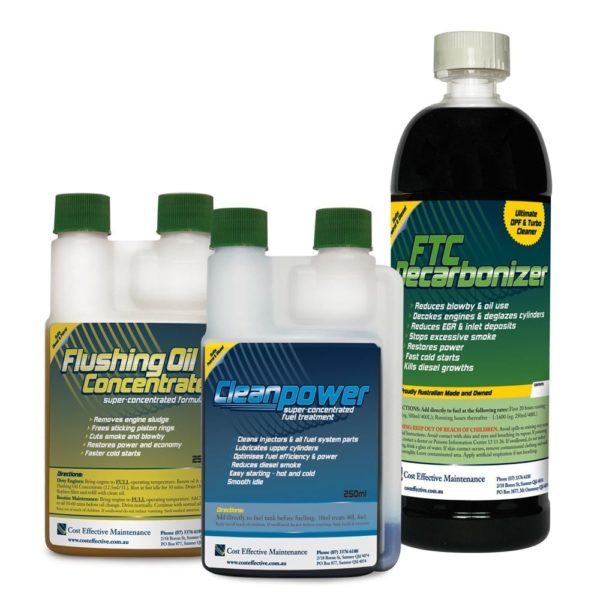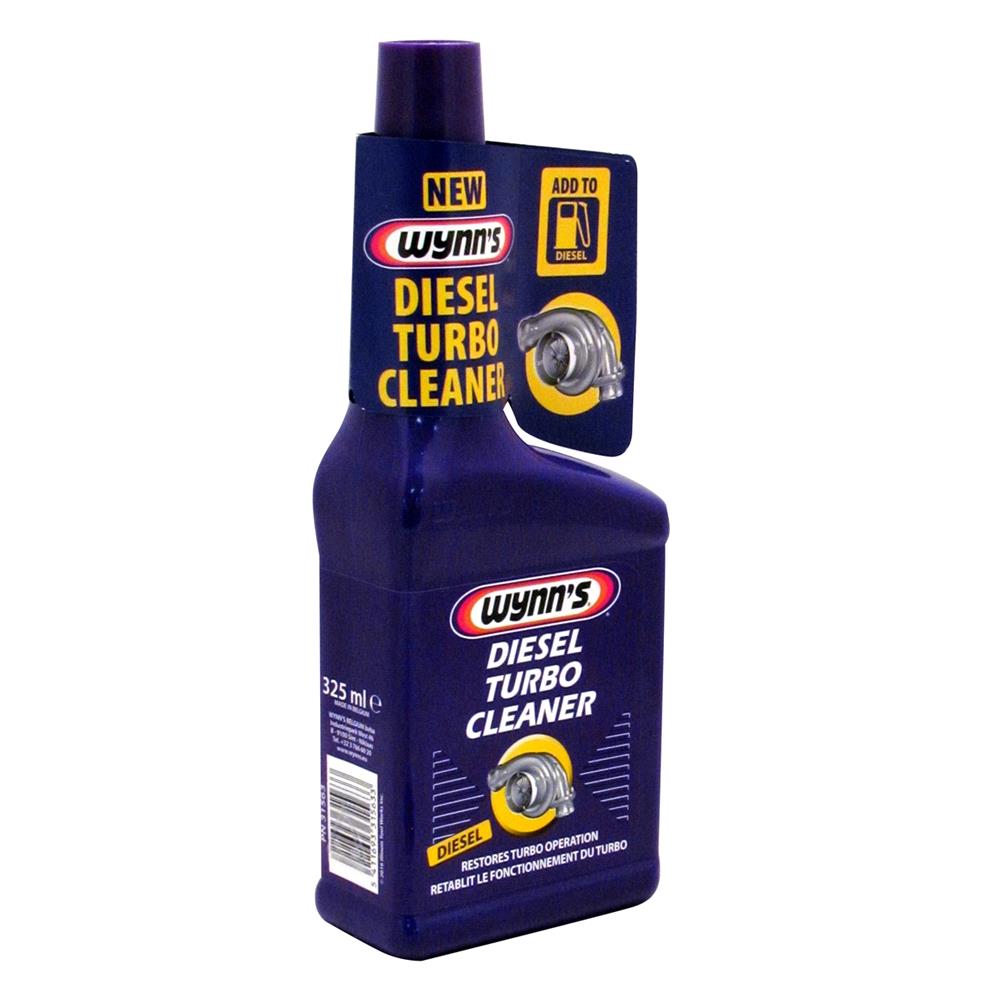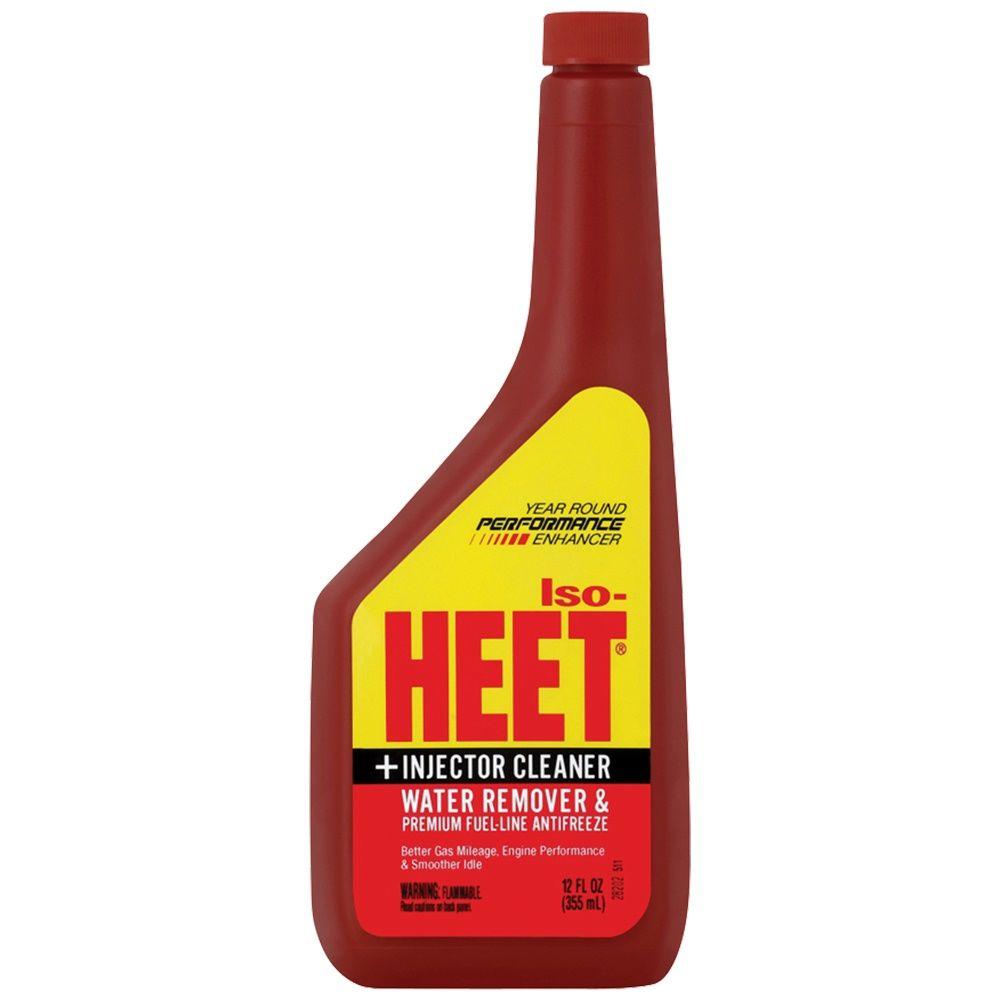GEET Life Engines that Run Without Gasoline! The Peoples Free Energy Show
&Fords Vapor Carb 1927 GEET fuel processor&Water 💧 Engine Build Plans - The Legacy Of Paul Pantone&With GEET - it is possible to mix as much as 10% fuel, with 90% water (can be waste water, ocean water, bottled water, tap water) many videos on the internet as well as YouTube, demonstrate this experience.
In addition to producing a hydrogen and helium rich fuel, a new element is made via Transmutation: GEET Gas.
My research and study indicate 74% of the universe is made up of Hydrogen, and approximately 24% is made up of helium. The two gases, in addition to Plasma, the GEET Fuel System Produces.
Paul has shared many stories of GEET:
Paul tells a story of a young student calling and asking for guidance in building his first GEET. It was for a school project, and the student want to build a GEET Demonstration Engine - with the free build plans (available free - on the GEET international main web page, see link at bottom of this page).
The school ask the student to be sure no fuel was present in the engine because the school does not permit fuel to be used on campus.
The student made sure all fuel and fuel vapors were removed, cleaning the engine thoroughly. Teachers inspect the engine before it was allowed on campus, no fuel was present.
Because the student originally want to run the engine on 1/2 water and 1/2 fuel (50% water mixed with 50% fuel), the student kept only water in the engine, with all fuel removed. When showing the engine at school, for the science project, the student was asked by the teachers to pretend he was starting the engine. The student pulled the starter and the engine ran, and kept running. The student won the science fair.
Another favorite story of Paul's was when he received phone calls on more than one occasion, from the original star trek television series production (1960's) - asking Paul if he was aware that the GEET Technology powers their star ship? Paul watched the series and quickly saw that this was true. Stating that the GEET loves hydrogen and will work anywhere there is Hydrogen. And 74% of the universe is made up of Hydrogen :)
This reminds me of a very famous quote "Science Fiction Is Science Fact - Waiting To Be Discovered" :)
Paul shares another story of building a GEET Demonstration Engine (See the free build plans on GEET International Main Web Page, See Link at bottom of this description) with a customer, and running the engine for the first time. Paul felt inclined to touch the bottom of the reactor with a metal coat hangar. It had begun to rain and Paul didn't realize he was standing in a small puddle of water. Paul knew the GEET system produced a lot of energy, but was not prepared for what would happen next.
Paul reached down and touched the bottom of the reactor with the metal coat hangar - Paul was tossed more than several feet from the GEET Engine (this reminds me of the scene in the original back to the future movie, when Marty gets thrown back from the amplified speaker at Doc Browns Lab in the beginning of the movie).
"It was quite a shock" Paul realized that standing in the shallow puddle of water, with it lightly raining, with the GEET Engine running - and touching the bottom of the reactor - had somehow allowed the GEET Reactor energy to be released - Into Paul - Lifting Paul from the ground and throwing him several feet from where he was standing. If I recall the story correctly, Paul had a smile on his face, not because of the shock, but because of the energy that he finally met - first hand.
Paul learned the most from his students. People throughout the world called Paul on a daily basis sharing new discoveries with him. Paul shared that people have achieved the discovery of over 200 anomalies - most of which Paul had personally replicated with his own GEET Engine. GEET Stands for Global Environmental Energy Technology, which has the ability to produce clean energy, with no harmful byproducts nor waste. GEET can be powered by waste and contaminants and has no harmful byproduct nor waste product. One anomaly is the GEET engine has been documented to produce more oxygen from the exhaust, than is found in our atmosphere, by several percent. GEET can help heal the planet, and humanity.
Paul Pantone permit me to read these files and documents onto video in order to share with everyone - how this - do it yourself Water Fuel Technology system works
Paul Pantone encourages the building of GEET, and begin to learn all that it teaches. The free build plans permit everyone to build GEET, and to experiment without end; as the GEET teaches many things.
For customer support or to use these plans for commercial purposes, please contact GEET International to learn how to purchase a GEET License.
I do not work for GEET International. I read these files in order to share with everyone my journey of learning about the GEET Water Fuel Technology - for personal use. Have a wonderful day :)










